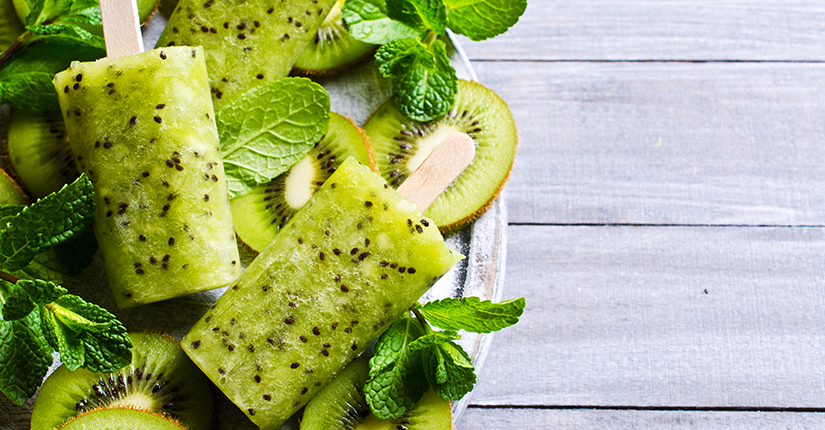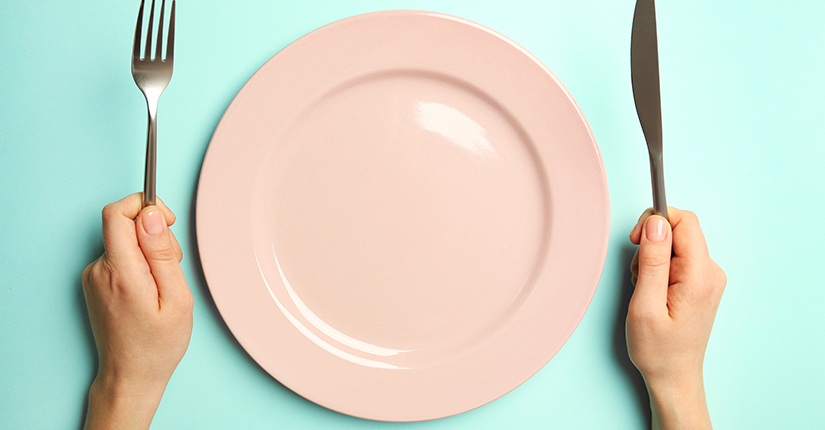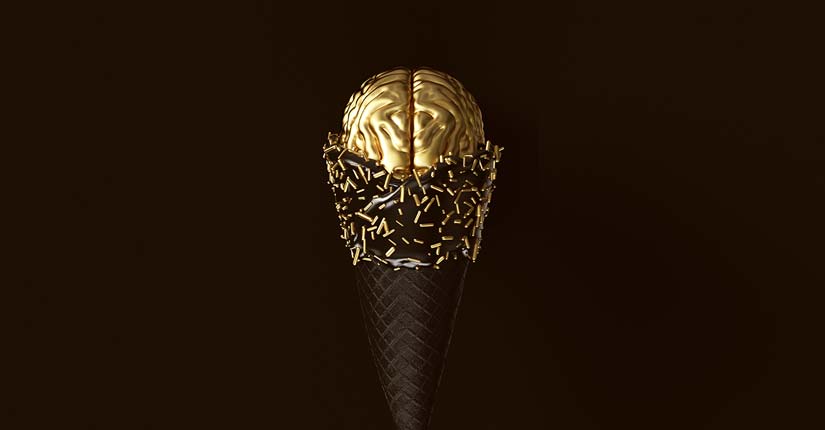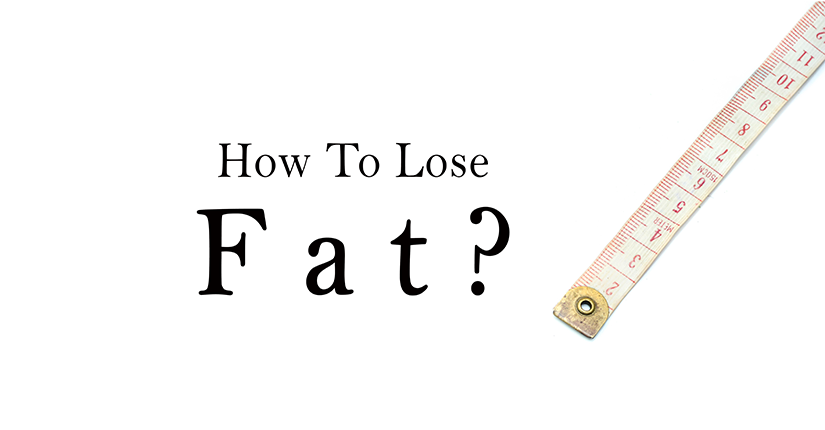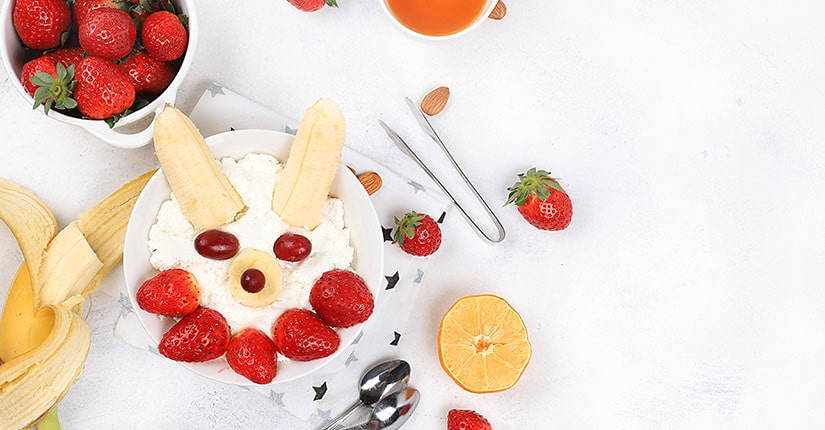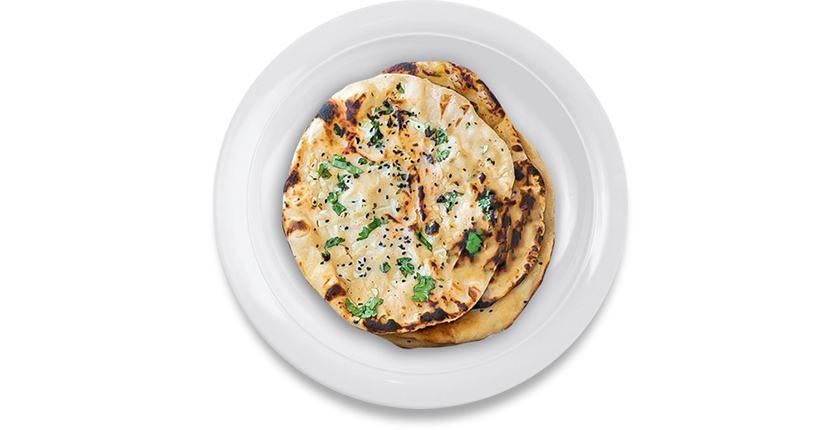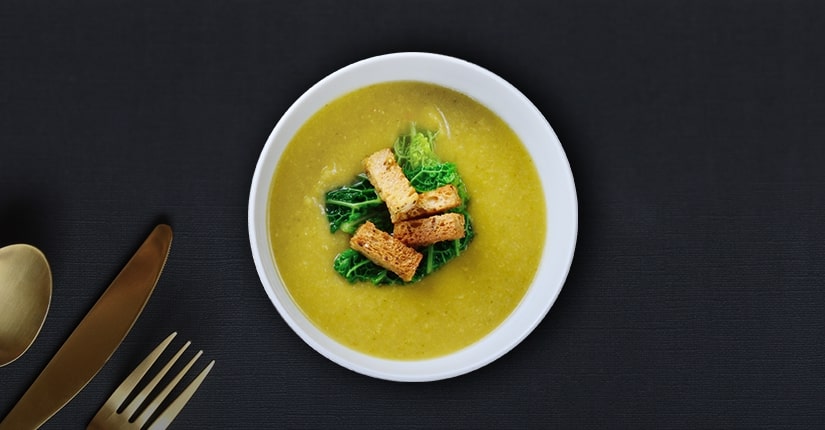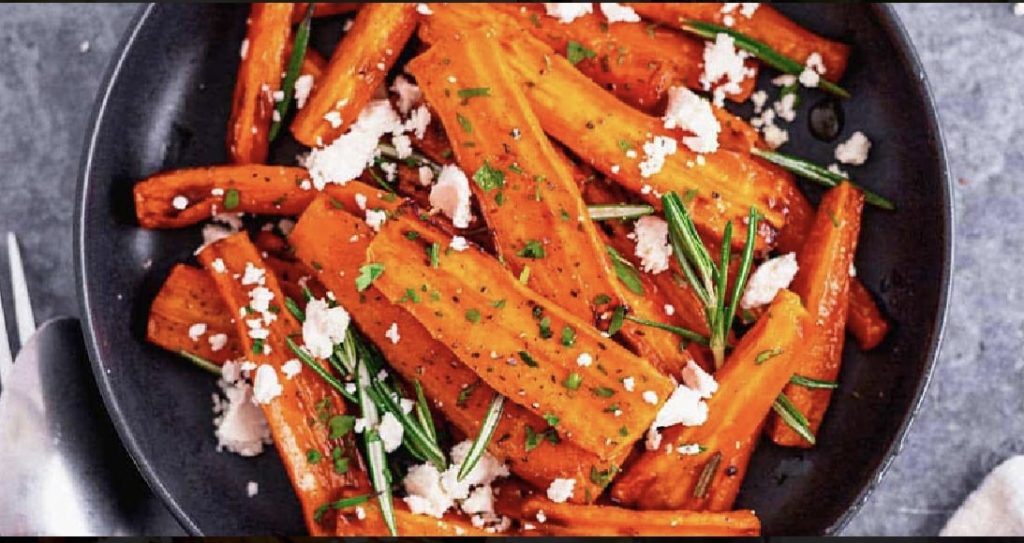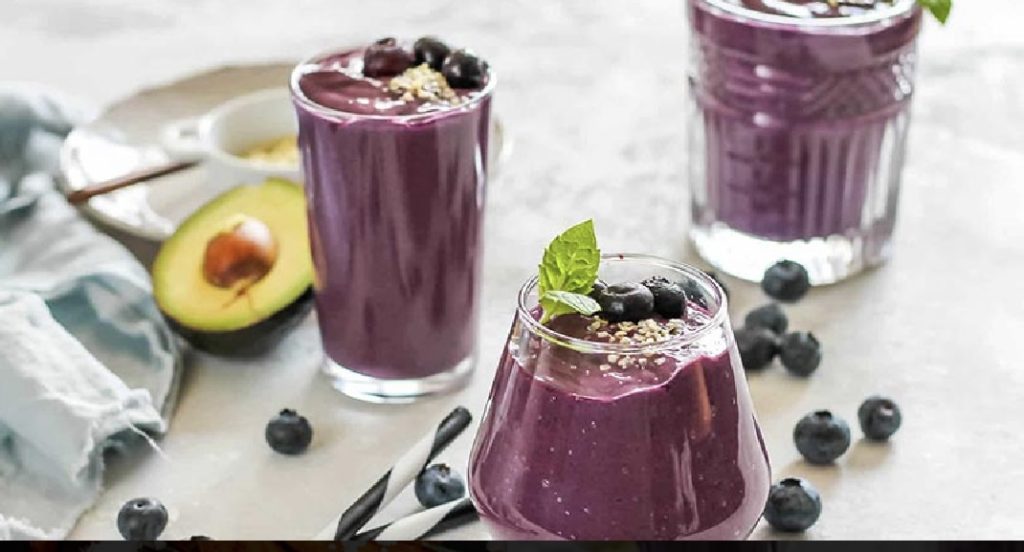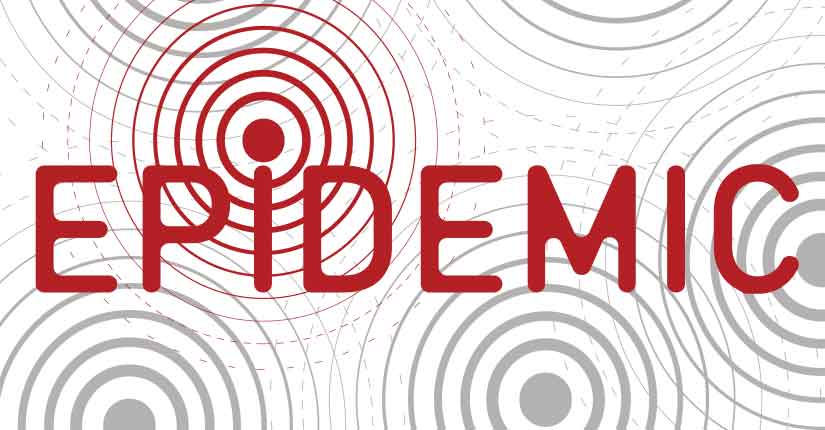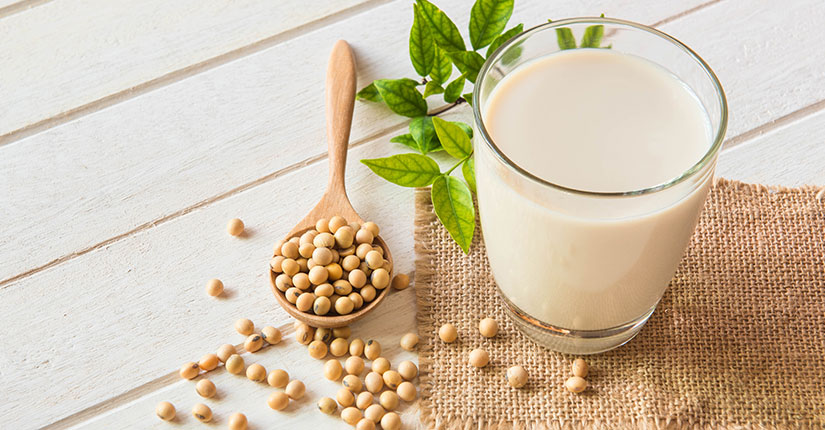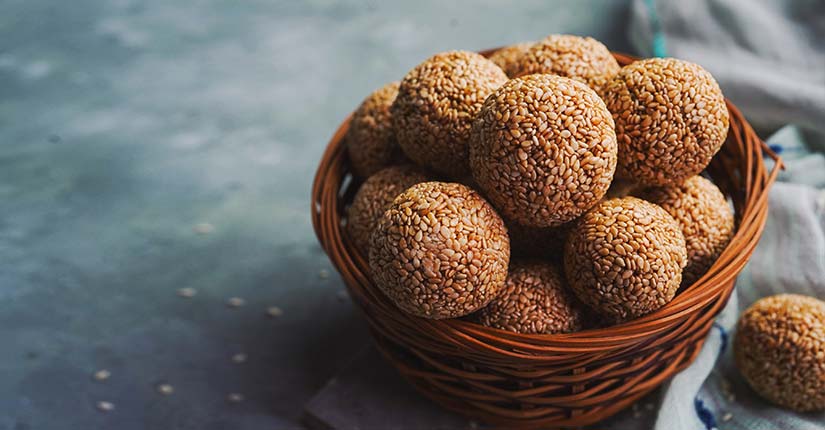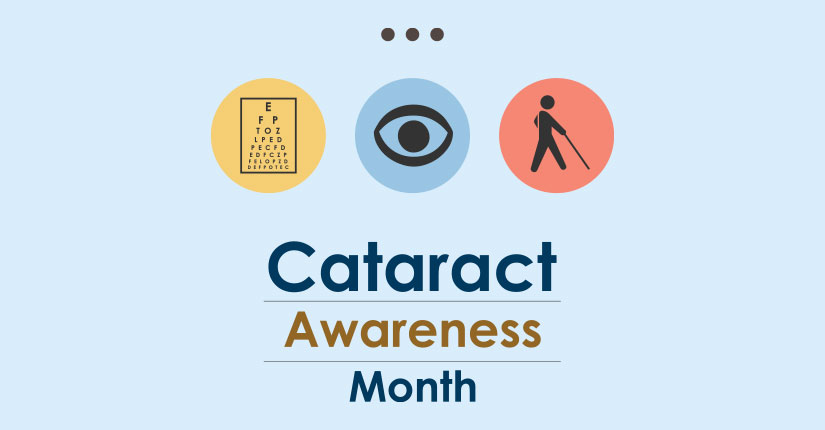Nutritional Guidelines for Haemophilia
By Nmami Agarwal 17-Apr 2020 Reading Time: 5 Mins
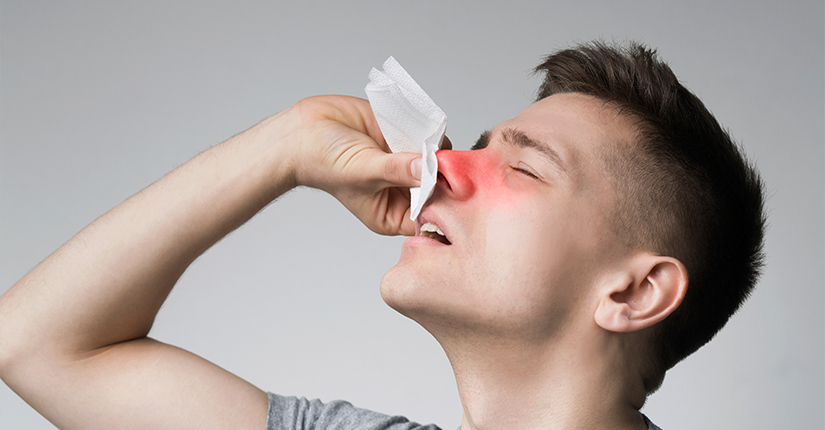
Haemophilia is a rare genetic disorder. In this disorder, the blood doesn’t clot like usual because of lack of sufficient blood-clotting proteins. Treatment includes regular replacement of the specific clotting factor that is reduced. For homophilic patients, bleeding occurs for a longer time after an injury as compared to if your blood clotted normally.
Small cuts don’t cause much of a problem but if you have a severe deficiency of the clotting factor protein, the greater health concern is deep bleeding inside your body, especially in your knees, ankles and elbows. This internal bleeding can damage your organs and tissues, and may be life-threatening.
Here’s to building a healthy meal with a colorful variety of foods:
- Fill one-half of your plate with a rainbow of fruits and vegetables, including vegetables, like broccoli or sweet potatoes. Dark leafy greens are great sources of vitamins, minerals, and fiber.
- Choose a lean protein source, like fish, eggs, beans, nuts, or tofu.
- Eat more whole grains by choosing brown grains over highly refined white and processed grains.
- Avoid sugar-sweetened drinks or food.
- Baking, broiling, or grilling are healthier methods of cooking than fried.
- Whole grains, like oats and brown rice, and whole grain breads can help you feel satiety and stabilize your blood sugar. This may help reduce cravings for sweets and increase your energy levels.
- Opt for foods low in saturated fat, but pay close attention to the sugar content.
- Unsaturated fats are considered healthy fats. These are found in fish, avocados, olives, walnuts, and soybeans, for example.
- Healthy fats like corn, safflower, canola, olive, and sunflower are also unsaturated fats. These may help improve your cholesterol when you use them in place of saturated and trans fats like butter, lard, or shortening.
Calcium- and iron-rich foods
Calcium and iron are particularly important for not only children and adolescents but for females too. For rapid growth of bones, calcium is important. Calcium is required to build strong bones and to maintain healthy teeth. It’s crucial that people with haemophilia have healthy teeth, because gum disease and dental work can lead to bleeds.
Calcium-rich foods include foods like low-fat or fat-free milk, low-fat cheese, yogurt, cottage cheese, soy milk and orange juice, cereals, beans, dark leafy greens like spinach and broccoli and almonds.
Your body uses iron to make red blood cells, which carries oxygen to your muscles. When someone bleeds, iron is lost. If you have a bleeding episode, iron-rich foods may help you recover more quickly. Iron-rich foods include lean meat, seafood, beans, peas, leafy green vegetables (spinach, kale, broccoli), dates, dried fruit like raisins and apricots.
Iron is better absorbed with a source of vitamin C along with an iron-rich food and some of the sources are oranges and other citrus fruits, tomatoes, berries, red and green bell peppers, broccoli. If you’re a female with a heavy menstrual period, you’re at a greater risk of iron deficiency. Pay special attention to attaining maximum iron from your diet.
Over to you
Hemophilia is a critical condition and of great importance. Regardless of your hemophilia type — A, B or C — the goal should be to keep joints strong and healthy, and to keep extra weight off to avoid muscle strains and bleeding in vulnerable joints.

